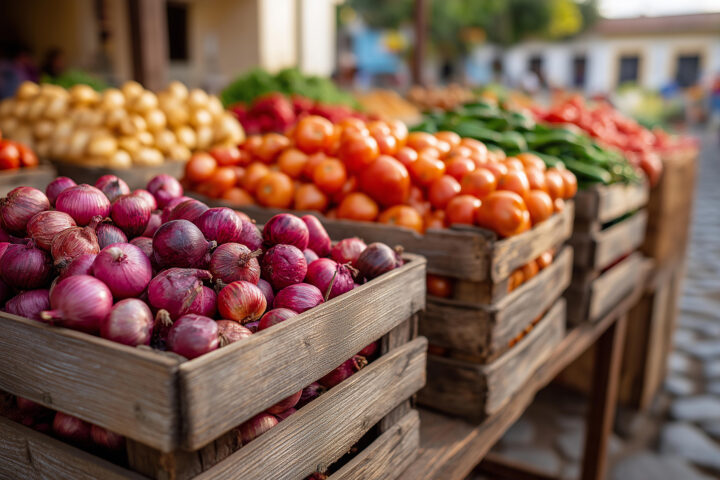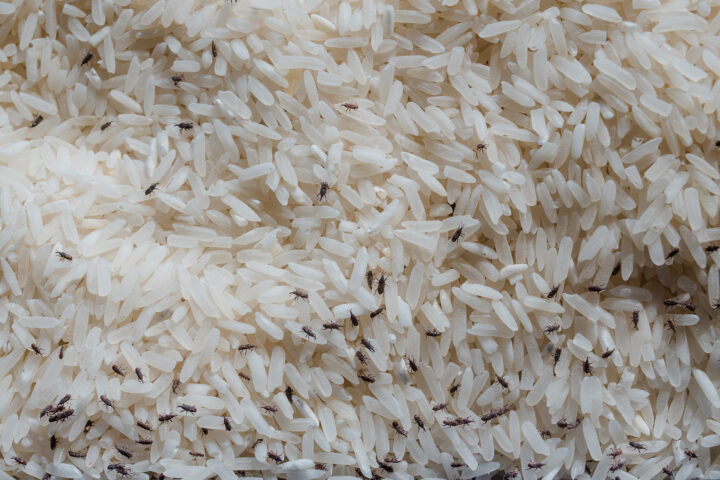
Safe Use of Highly Effective Pesticides
Active substances in pesticides are used to control pests or germs, whether in crop protection products, household pest control products or disinfectants. As such they necessarily have a biological impact, otherwise they would neither be approved by the authorities nor bought and used by consumers. Some of these products can be particularly harmful to humans if used incorrectly.
Thursday, November 18, 2021
If Highly Hazardous Pesticides (HHP), as they are known, are handled and used correctly, they are safe. In many countries, indeed, they are the only solution for saving lives, as demonstrated by the examples of the locust infestation in Africa and the Zika virus in hot countries.
The Food and Agriculture Organization of the United Nations (FAO) and the World Health Organization (WHO) define Highly Hazardous Pesticides (HHP) as follows: They must represent a particularly high acute or chronic hazard to health or environment. What this means is defined by eight criteria. There is no definitive international list of highly hazardous pesticides, but rather criteria that classify the pesticides or active substances as such. No specific pesticides are definitively classified as highly hazardous. Each country determines independently which pesticides are approved, based on the agronomic, economic and climatic requirements. NGOs also draw up lists of HHPs. However, they do not use the eight FAO and WHO criteria for this or, in addition, they use their own criteria that are not approved by international committees. They often focus only on the inherent toxicity of an active substance, i.e. whether it is potentially toxic. Since practically all active substances are potentially toxic, it is no surprise that the NGOs’ HHP lists are very extensive and do not take into account that pre-formulated pesticides usually only contain small quantities of an active substance.
Risk vs. Hazard
Even if a pesticide is categorized as highly hazardous based on FAO/WHO criteria, it may be safe to use. If used correctly, there is no risk to people and the environment. This may sound contradictory, but can be illustrated using an everyday example: If someone were to drink liquid ammonia or bleach, this would cause harmful internal burns. However, if these substances are used in small amounts and at a low concentration to clean windows or surfaces, and the user’s hands, mouth and nose are protected, there is no risk. On the contrary, both are widespread and useful cleaning agents and disinfectants. This is also the case for the class of “highly hazardous pesticides”. They are highly effective but must be used carefully. You can find further information on the difference between risk and hazard here.
Blindspot article
Pesticides against Locust Infestation and Zika Virus
These highly effective pesticides often represent the only chance to save lives. In East Africa, millions of locusts are currently devouring enough cereal crops each day to feed 35,000 people. This is endangering food security. Highly effective insecticides are indispensable in protecting the crops against locusts. However, the WHO and FAO classification systems classify them as hazardous. Nonetheless, the FAO recommends using agents like these against locusts. This is because they are the only effective method of containing the plague and combating famine. This is also confirmed by aid workers. Another example is the Zika virus, which has now spread to over 80 countries around the world. The virus is transmitted by mosquitoes and causes severe deformities in newborns. The local population there also relies on the use of highly effective insecticides to combat the mosquito plague. As these examples show, the non-use of pesticides that are classified as "HHPs" can also be dangerous to people. What is crucial is that these resources are used correctly.
Correct Use
Pesticides (biocides like plant protection products) must be used correctly. Conversely, failing to use them can have devastating consequences on the population concerned and on efforts to ensure that there is sufficient food. With this in mind, it is particularly important for farmers and farm workers in developing countries to be well trained and to follow the five golden rules for using pesticides at all times. The industry is also working on solutions to further improve how pesticides are managed. Examples of this include closed systems that remove the need to decant chemicals, and collaborating with local authorities to ensure that users are trained and provided with affordable but effective protective equipment beyond their own customer base. Together with their industry association CropLife International (CLI), they also support the International Code of Conduct on Pesticide Management of the FAO and WHO.
Sources
United Nations Environment Program—Highly Hazardous Pesticides (HHPs)
The International Code of Conduct on Pesticide Management (FAO / WHO)
Responsibly managing pesticides can save lives (Giulia Di Tommaso, CEO of CropLife International)
A responsible approach to highly hazardous pesticides (Christoph Neumann, CropLife International)
The five golden rules for the safe use of pesticides
Syngenta’s plan for responsible growth—how we help people stay safe and healthy.
Signs of hope in East Africa, as control campaign tames locust upsurge (FAO)
Related articles

Why cutting out synthetic pesticides will reduce food production
The UK’s action plan to reduce pesticide use could backfire, warns agronomist Greg Dawson: overly strict regulations may make domestic farming unprofitable – and increase the United Kingdom’s dependence on imports.

Approval studies for plant protection products are science-based
The approval of plant protection products in Switzerland is subject to strict legal requirements. Ultimately, this approval process is based on scientifically sound studies. These studies are financed by manufacturers, but they must comply with clearly defined governmental requirements and controls. The aim is to ensure reliability and independence.

Grain beetle eats its way through Swiss grain stores
The grain beetle is spreading in Swiss grain stores. Introduced via international trade, it threatens harvests and impairs food quality.

New problem: soft bugs, native pests discover fruit and vegetables
Soft bugs are spreading at lightning speed in fields and greenhouses in southern Germany. These pests are destroying fruit and vegetables and pushing agriculture to its limits. Effective plant protection products must be found urgently to safeguard harvests.

